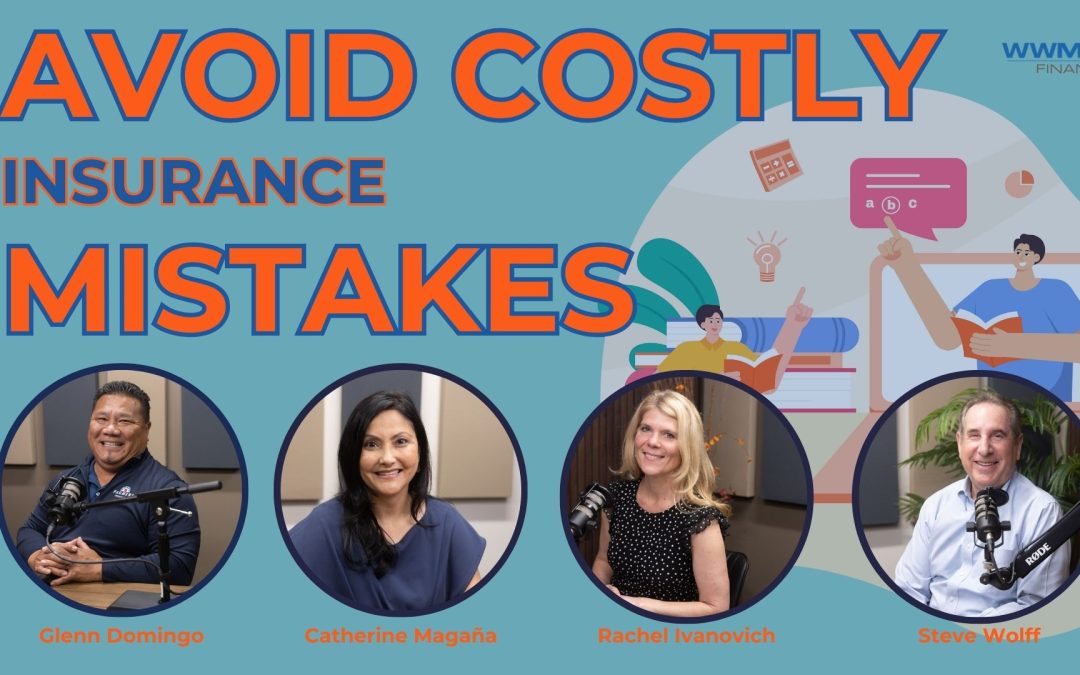
Why You Should Not Let the Mainstream Media Affect Your Money
In this episode of the WWM Podcast, we dive into the latest movements in indexes, CDs, and bonds, and explain what they could mean for your portfolio. We explore the rising influence of negative media narratives and why smart investors should avoid making knee-jerk decisions based on headlines. With potential Federal Reserve rate cuts on the horizon, we discuss proactive financial strategies—like reviewing your estate plan, updating your will, adjusting your budget, and reassessing your tax withholdings—to help keep your long-term plan on track. Our advisers also unpack Senator Rand Paul’s recent warnings about the growing national debt and explore how fiscal policy and market shifts could shape the future of wealth preservation. If you’re looking to stay informed and strategic in a rapidly changing environment, this episode is packed with the insight you need.
If you want to understand what’s going on in the economy, get better insight into the financial markets, and separate the sound from the noise so you can make good financial decisions, tune in now!
Date Recorded: 6/5/2025
Disclosure:
WWM Financial is an SEC Registered Investment Advisor
The opinions expressed in this program are for general informational purposes only and are not intended to provide specific advice or recommendations for any individual or on any specific security. It is only intended to provide education about the financial industry and how we may be able to assist. To determine which investments may be appropriate for you, consult your financial advisor prior to investing. Any past performance discussed during this program is no guarantee of future results. As always please remember investing involves risk and possible loss of principal capital. Tax considerations presented may not be appropriate every individual circumstance. A tax professional should be consulted before making any decisions about your tax liability. wwmfinancial.com | 760.692.5190









